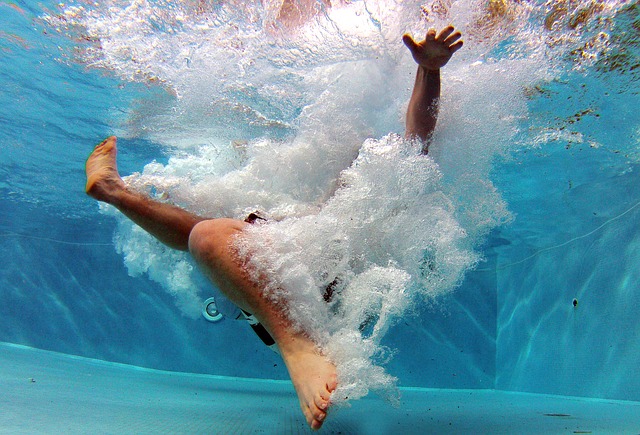It is quite common for parents of children with dyslexia to feel confused and frustrated about the way forward. However, there is no need to worry about a lack of study materials or education opportunities for children with dyslexia. You will find a plethora of study guides and curriculum on the internet. In this article, we are going to learn about the steps you should take to homeschool a kid with dyslexia.
Get Started By Learning What Dyslexia Is:
Dyslexia is a commonly diagnosed disability of learning. It describes a learning condition where an individual finds it difficult to learn and read by following conventional learning instructions. Dyslexic children have a different way of thinking. These differences are prominent in the case of learning and language processing. Contrary to popular belief, dyslexic children are brilliant sometimes. They can be very creative and gifted when in a system that addresses their needs. Dyslexia can run in the families.
Dyslexics can give an impression of being moderate or low achievers when they follow conventional learning methods. With proper guidance, they regularly accomplish against instructive standard benchmarks at all levels. By and large, they can be considered “profoundly visual” learners who have extraordinary trouble with dialect handling of non-visualizable words, (for example, relational words) and with the dominance of phonics and interpreting aptitudes.
Dyslexia is not a malady. There is no cure. It is not behavioral, mental, or social. It is not a mental issue and regardless of normal conviction, dyslexics definitely don’t see in reverse. Dyslexics decipher things by visualising it.
Should You Be Worried?
No. almost 40% of entrepreneurs are dyslexic. Just because dyslexic children face learning difficulties doesn’t mean they are gone cases. Despite their struggle with reading, writing, and spelling aptitudes, they have a host of unique and significant talents. Learn more about dyslexia to give your child the best chance of progress.
Take Parent Education Classes:
It is quite unfortunate that some parents forget to learn about their child’s condition while homeschooling them. It’s very important to know everything about your childs dyslexia. It lets you teach your children in a method where they can have optimum learning and also help them realize what dyslexia is. If you and your children know about the strengths and weaknesses of dyslexia, your job will become so much easier. Dyslexia is actually one of the most researched disorders. Therefore, you won’t find any shortage of study materials.
Advantages to Homeschooling a Child With Dyslexia:
Homeschooling has some great benefits for kids with dyslexia. Home school programs designed specifically for dyslexic students takes into account the fundamentally distinct guideline in every branch of knowledge such as spelling, reading, comprehension and composition.
It also considers children’s areas of interests and concentrates on those areas while setting up lessons. Homeschooling protects your child from being compared with his/her peers, with more trouble free learning. Homeschooling lets your child work at their own pace utilizing assets that work best with their unique qualities. Homeschooling essentially keeps your child away from an inflexible system and state sanctioned testing that is required in government funded schools.
Although it can be difficult at times, homeschooling a child with dyslexia can be an immensely beneficial activity for both of you. Work to build an atmosphere of comfort. Trust your own abilities to make the best out your child’s potential.
About the Author
Atif Qazi is the owner of SchoolingSOS and an Engineer by profession. He is a former homeschooler who has teamed up with like-minded people to spread his knowledge of this topic. You can follow his topics on Twitter @Schooling_SOS
Possibly Related Posts:
- Why take Your Kids Camping?
- Top 10 Educational Apps for Kids
- FOUR Outdoor Science Lessons for Warmer Weather
- 5 Creative Writing Exercises for Kids of All Ages
- 5 Ways to Help Your Child Think Like a Scientist
{ 0 comments }





